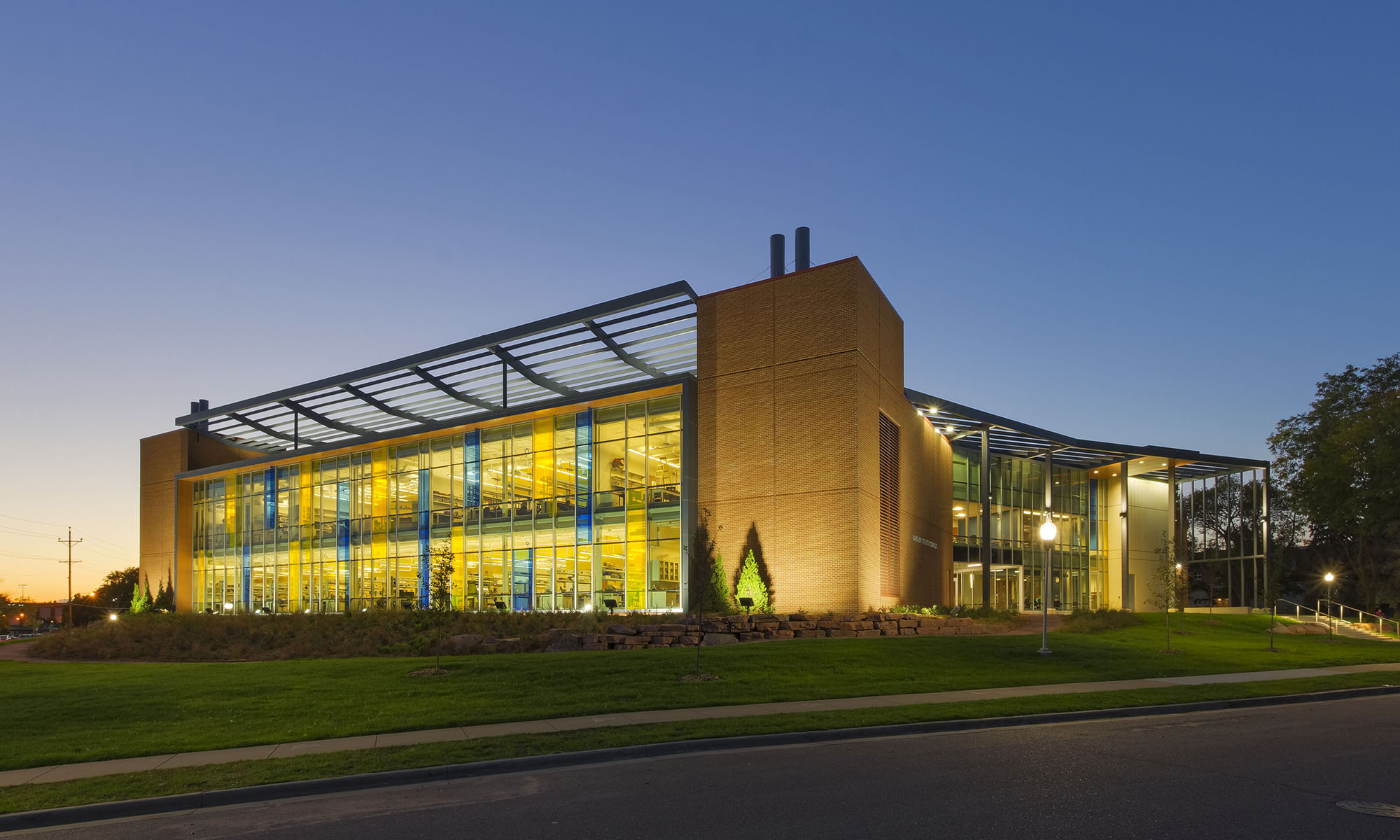Happy Labor Day! I associate many things with this holiday; the transition from summer to fall, school in full swing, a long weekend, great sales, and can’t wear white until Easter to name a few. I don’t think I’m alone in forgetting to pause and recognize the significance of the history of the holiday. I did some reading and this is what I found:
History
The consensus is that the first observed holiday known as “Labor Day” was held in New York City on September 5, 1882 as a day to acknowledge the contributions of the working class.1
The significance of the word “boycott” entering the English language in 1880 is not lost on me. The word’s quick spread in America illuminates the energy of working class at the time. Imagine, the impact of the age of Industrial Revolution is fully apparent as you hear the whir of machines as you walk down the streets of New York City. It is a time of innovation and harnessing energy. It is also a time of prosperity and realization of potential economic gains. It is in 1882 that lower Manhattan is lit with electric lights and Christmas trees with electric lights make their debut.2 Unfortunately, all this progress comes at a price. In most cases, working conditions are poor and the overall well-being of the bourgeoisie is inconsequential. It is no wonder that Labor Unions began emerging in the mid-19th century in response.3
Context
For more local context, the Dakota territory was divided into the states of North Dakota & South Dakota on November 2, 1889.4 In 1882, classes began at the university now known as USD 20 years after the territory legislature authorized its establishment.5 In 1883, Sioux Falls College (now University of Sioux Falls) and Agricultural College (now South Dakota State University) were founded.6 This indicates an emphasis on academics prior to statehood. I think it indicates an elevation in careers and a desire to seek professional work. It was in 1880 that the recognizable architect in South Dakota, Wallace L. Dow moved to Pierre and in 1882, he moved to Sioux Falls. Dow was chairman of the prison construction board. After the prison was built, Dow went on to design many buildings and homes and significantly influenced the style and materials of the built environment in the region.7
The Queen Bee Mill opened in 1881 in Sioux Falls along the east bank of the Sioux River.8 In February 1881, seven mining camps consolidated to form the city we call Deadwood.9 Rapid City was incorporated in 1882, and the first railroad arrived in the area in the late 1880’s.10
Pandemic
From 1881-1896 the fifth cholera pandemic claimed at least 50,000 American lives; however, Robert Koch isolated the cause of the disease and its spread via bacteria and introduced the concept that cholera was contagious and spread through contaminated water supply. With this knowledge, cities improved sanitation and water systems and prevented future serious outbreaks. With the current pandemic fresh on my mind, it is easier to relate to the hysteria and confusion that comes with unfamiliar illnesses.
Architecture – A “Labor” of Love
In my experience, the working conditions of an architect today are not comparable to the working conditions of laborers in the late 1800’s. However, decisions made by the architect influence the buildings many people work in and the people who build them. The entire notion of the architect as a “master builder” from the renaissance has evolved over time. As technology advances, so does the way we design and build structures and systems. Even depictions of architects in books like The Fountainhead by Ayn Rand, movies like The Lakehouse, and shows like How I Met Your Mother portray the character as working late into the night at a drafting table getting the detail just right. Don’t get me wrong, my academic experience included plenty of all-nighters and pushing the pencil until the perfect solution found me. However, pursuing this profession, my experience has been pleasant, quite enjoyable, and I have little to no complaints. I am grateful to have found my passion early in life, and even more so that I can do what I love and make a living!
Today, I challenge you to imagine what life must have been like in the late 19th century and enjoy your long weekend returning to work refreshed. To those who continue to work today, thank you for all you do. I think Tom Perez summarizes it best, “Each year, Labor Day gives us an opportunity to recognize the invaluable contributions that working men and women make to our nation, our economy and our collective prosperity. It gives us a chance to show gratitude for workers’ grit, dedication, ingenuity and strength, which define our nation’s character.” By understanding what life was like in the 1880’s, we can appreciate the significance Labor Day held then and holds now.
- https://tulip.co/blog/uncategorized/the-history-of-labor-day-from-first-industrial-revolution-to-the-fourth/
- https://www.thoughtco.com/timeline-from-1880-to-1890-1774041
- https://en.wikipedia.org/wiki/Labor_unions_in_the_United_States
- https://en.wikipedia.org/wiki/Dakota_Territory
- https://en.wikipedia.org/wiki/University_of_South_Dakota
- https://en.wikipedia.org/wiki/Timeline_of_South_Dakota
- https://en.wikipedia.org/wiki/Wallace_L._Dow
- https://www.experiencesiouxfalls.com/things-to-do/falls-park/#:~:text=Falls%20History,of%20the%20city%20in%201856.
- https://www.cityofdeadwood.com/historic-preservation/page/timeline-deadwood-south-dakota
- https://www.citytowninfo.com/places/south-dakota/rapid-city

Since graduating from Kansas State in 2012, Liz has gained experience from a variety of fields within the building industry. From drafting at a metal building manufacturer to working at architecture firms to assisting a real estate broker/developer, she has always had a passion for influencing the built environment. As an architect at Schemmer, Liz enjoys learning new things and refining her skills with help from other licensed professionals. She hopes to continue to shape the spaces and places around her in a positive way.


Nicely done, Liz.